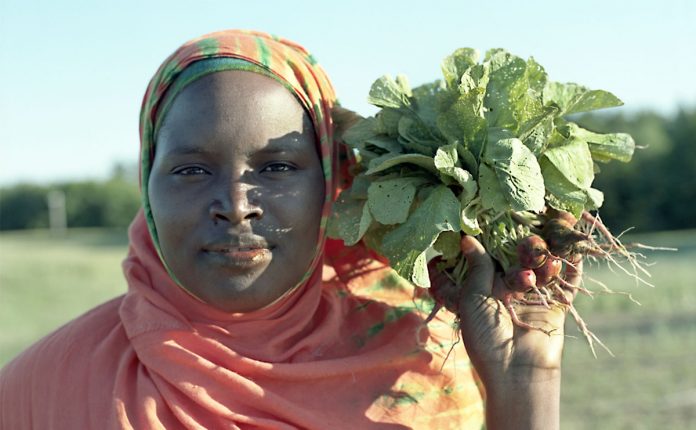MOGADISHU, March 28, 2018—The World Bank and the Food and Agriculture Organization (FAO) released today a new joint report titled, Rebuilding Resilient and Sustainable Agriculture in Somalia, outlining the challenges and opportunities for Somalia’s agriculture sector.
According to the findings of the report, over the past three decades, Somalia’s livestock and crop subsectors have been buffeted by an increasingly fragile and degraded natural environment and more frequent and severe cycles of drought and floods. These factors, combined with insecurity, weak government institutions and a deterioration of flood control, irrigation, and transport infrastructure in the south-central regions, have led to a severe decrease in crop yields.
The report, which conducts a comprehensive historical review of Somalia’s major agricultural subsectors (livestock, crops, forestry, and fishing), analyzes the subsectors’ key medium- and long-term development potential and constraints and outlines policy and investment opportunities. It is part of a wider Country Economic Memorandum (CEM) series investigating growth potential across sectors to assist Somalia in its implementation of the National Development Plan (2017-2019), and the preparation of the subsequent plan.
“This report comes at a critical juncture of Somalia’s development trajectory and investment climate,” says Said Hussein Iid, Minister of Agriculture for the Federal Government of Somalia. “It provides much needed analysis of our productive sectors, the environmental impacts, and the development challenges related to governance, infrastructure, and security.”
Livestock and crops remain the main sources of economic activity, employment, and exports in Somalia. Agriculture’s share of gross domestic product (GDP) is approximately 75%, and represents 93% of total exports, mostly linked to robust livestock exports in the recent pre-drought years. Sesame is now the largest export among crops, followed by dried lemon, in the wake of the total collapse of banana exports. Despite Somalia’s rich fish stocks, coastal fishing has remained small-scale and artisanal while foreign commercial vessels have enjoyed both legal and illegal harvesting offshore.
The combination of collapsed domestic crop production and increased domestic food demand, driven by rapid population growth and urbanization, has led to a massive increase in food imports, which have reached almost $1.5 billion in 2015, up from an annual average of $82 million in the late 1980s.
“Rising imports are indicative of increasing demand and a broader opportunity to invest in agriculture, and stimulate a private agribusiness sector in Somalia,” notes Pascal Sanginga, Senior Investment Support Office, FAO Investment Centre. “Making more and better investments in agriculture from the government, private sector, civil society and the vibrant enterprising Somali diaspora is one of the most effective ways to reduce hunger and poverty and expand economic.”
In the short to medium term, the recovery of agricultural production depends on better security, stronger public and community institutions, and the rehabilitation of dilapidated flood control, irrigation, and transport infrastructure. In the longer term, the sector’s growth potential can be achieved by developing and implementing a comprehensive sector development strategy, supported by effective institutions and interventions that harness the dynamism of its private sector.
“Stronger institutions, management, extension services, and infrastructure are critical to supporting private investment in production and markets,” says Mark Cackler, Practice Manager for the Agriculture Global Practice at the World Bank. “Natural resource management, increased crop production, postharvest long-term storage technologies and private sector-led modernization of the sector is needed to make Somali agriculture outputs competitive.”

